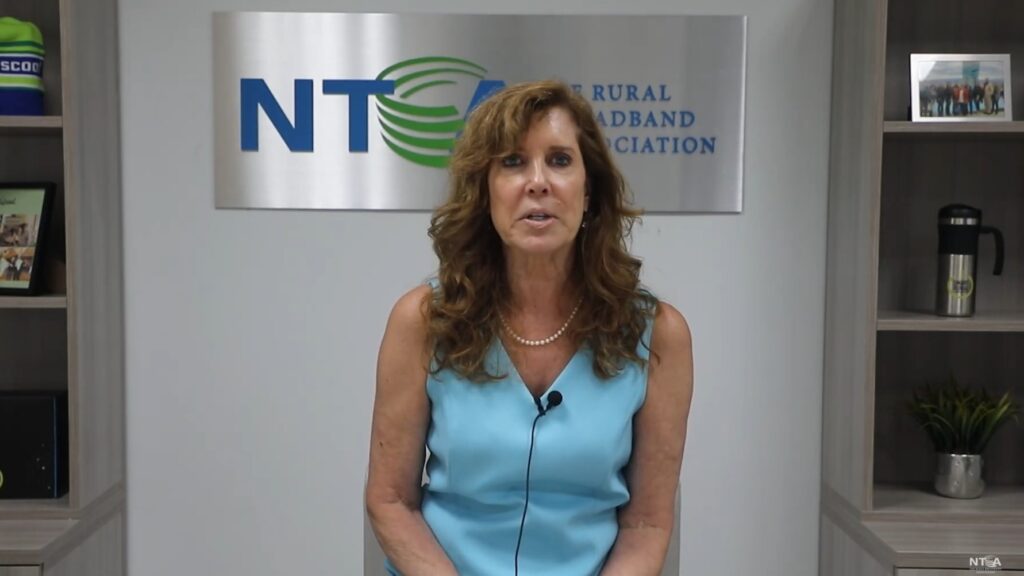Enhanced Customer Experience Begins with a Customer-driven Culture
Randy Sukow
|

Rural telcos and ISPs have long prided themselves on customer service, especially when compared with large, national carriers. But customer service has expanded to include the concept of customer experience (CX). It is important to understand how the customer perceives the company when ordering and receiving service. NRTC’s Pivot Group, which advises rural companies on CX issues, recently led an NTCA ENGAGE Webinar, “The Impact of CX on Employee Engagement and Customer Loyalty.”
“Be a customer-driven culture where customers are at the center of all decisions,” said Aaryn Slafky, Pivot’s VP, Customer Experience (pictured). “Amazon actually does a really good job of this. Their culture is very much built around starting from the customer’s perspective: ‘Let’s figure out how to give them what they want.’”
A customer-driven culture is not the norm today. Slafky cited a Gallup poll finding only 31 percent of U.S. employees consider themselves “engaged” in their jobs, which is a 10-year low. “A good chunk of people, two-thirds, put themselves either in the middle or the actively disengaged bucket,” she said. The same survey finds that 63 percent of companies have difficulty retaining workers.
The task she said, is to work on a parallel track, looking both at what the customer wants and what will keep employees engaged. For example, establish “feedback loops” for both customers and employees. Get feedback from customers after certain interactions, and from the employees on a regular basis.
“At Pivot, we do it quarterly … Having an employee pulse survey gives you that moment where they can really think about [customer] feedback. It might mean creating a CX team, pulling from different departments across your organization, different people from different backgrounds, years of service with you,” Slafky said. CX is an area where a company can encourage employee creativity.
Another part of building a customer-drive strategy is “mapping the journey.” Look at the touchpoints … and potential pain points … at every step of the customers’ connections to the company. This will give employees an opportunity to ask the hard questions: “Could we do this differently? Is this broken and what’s broken about it?,” Slafky said. “That goes back again to engaged employees who can offer ideas for improvements.”
In a technology-based business like the internet and telecommunications, technologies and products change rapidly. Sometimes the customers don’t know precisely what they want. Should a company focus only on what the customer wants?
“I can bet you that your employees have lots of thoughts on existing products and services that could use improvement or future products,” Slafky said. Encourage employees to research topics and make recommendations to keep the company up to date. “It’s also going to increase their level of engagement,” she said.
Slafky offered many more insights into creating a customer-driven culture. NTCA members can view a recording of the webinar on the ENGAGE with Webinars page.


